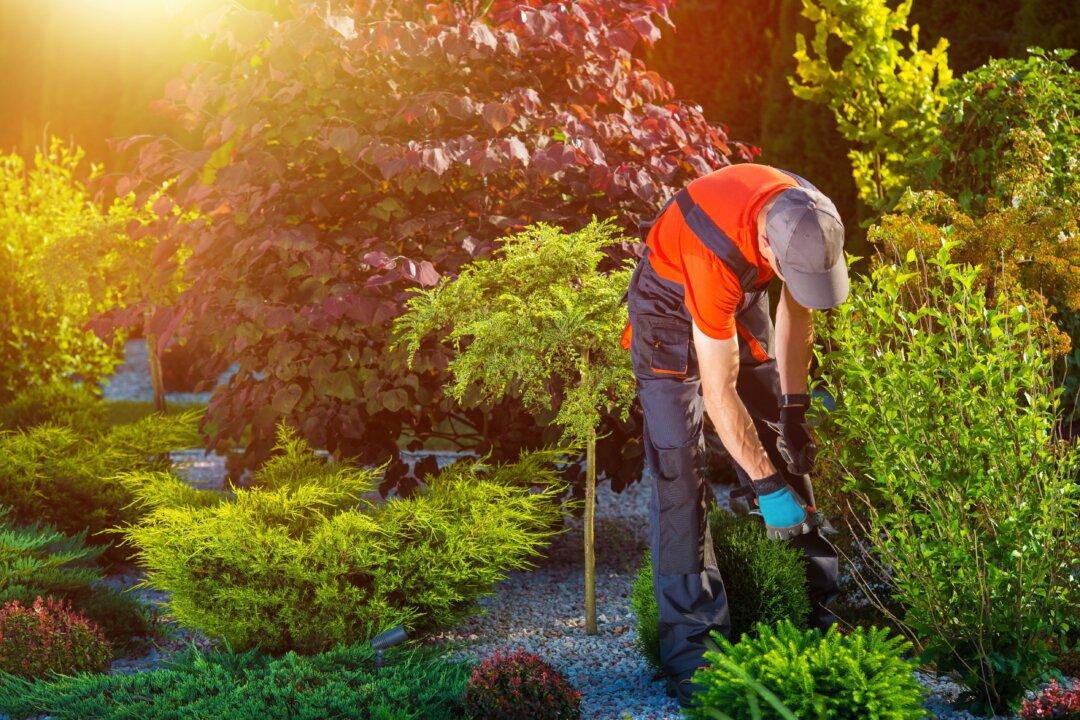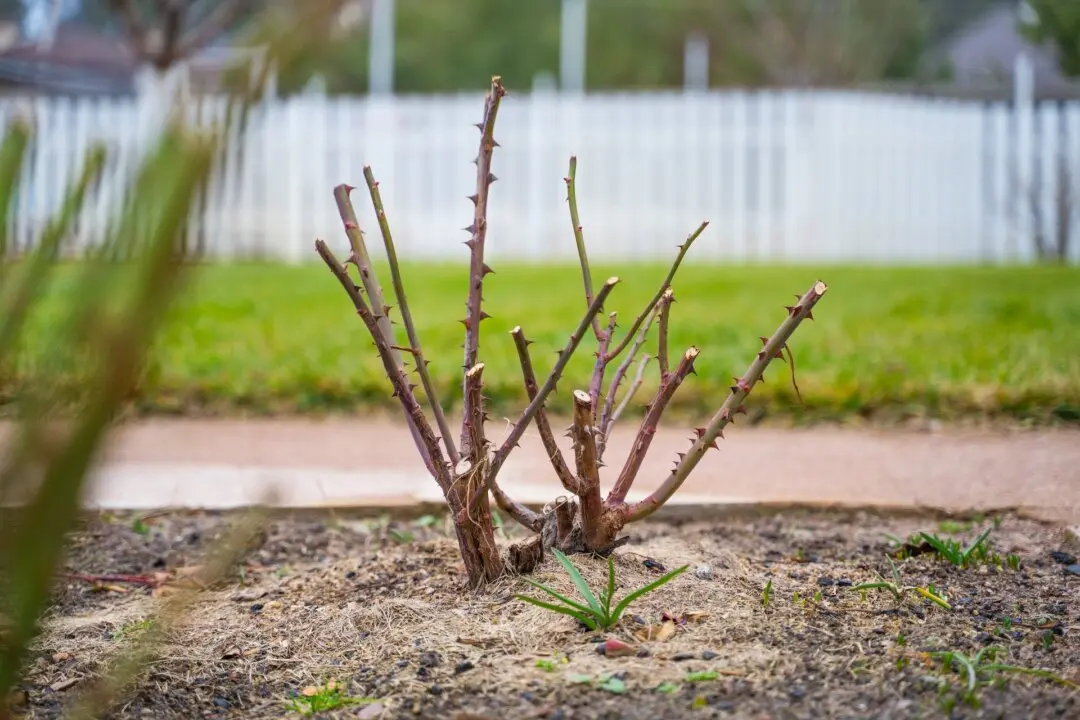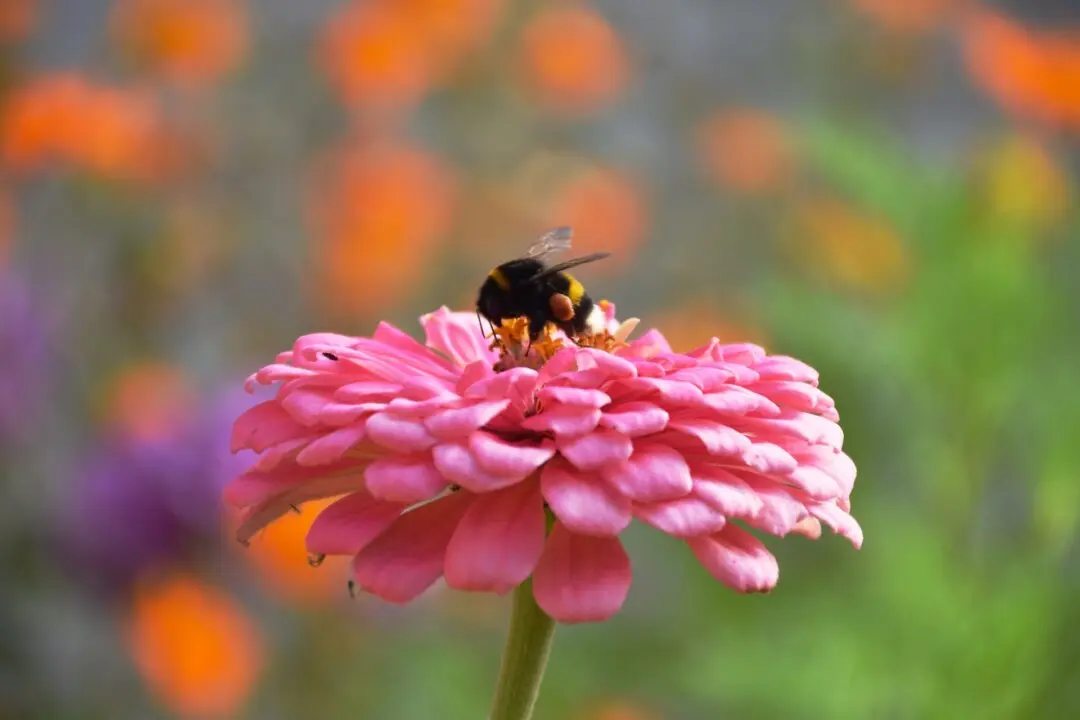With the hot weather of summer, there may not be much to do in your landscape, but there are a few things that need to be watched for so that the landscape stays healthy.
Rain in summer across North America usually comes in a few heavy thunderstorms with many hot, sunny days in between.





